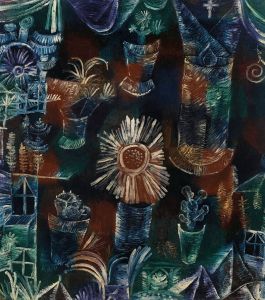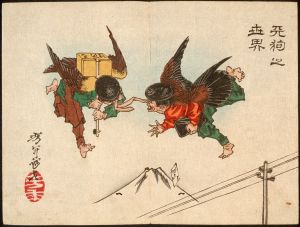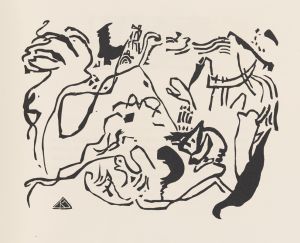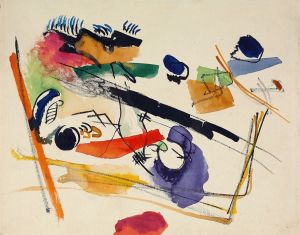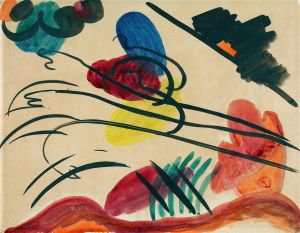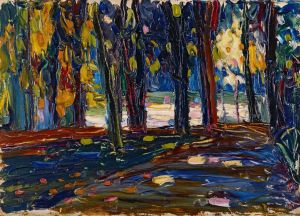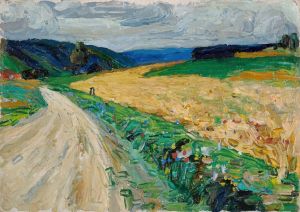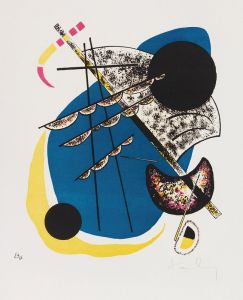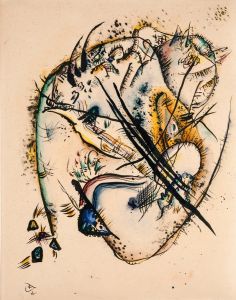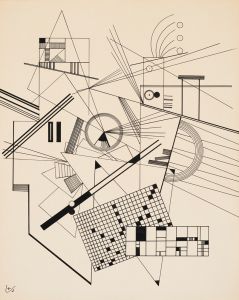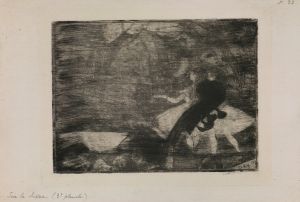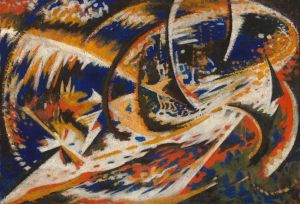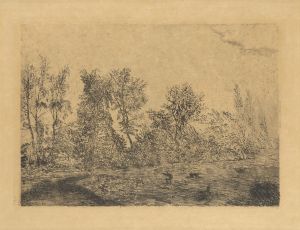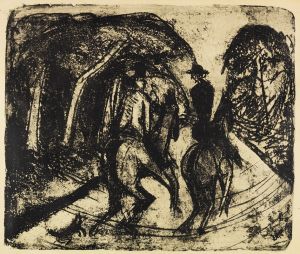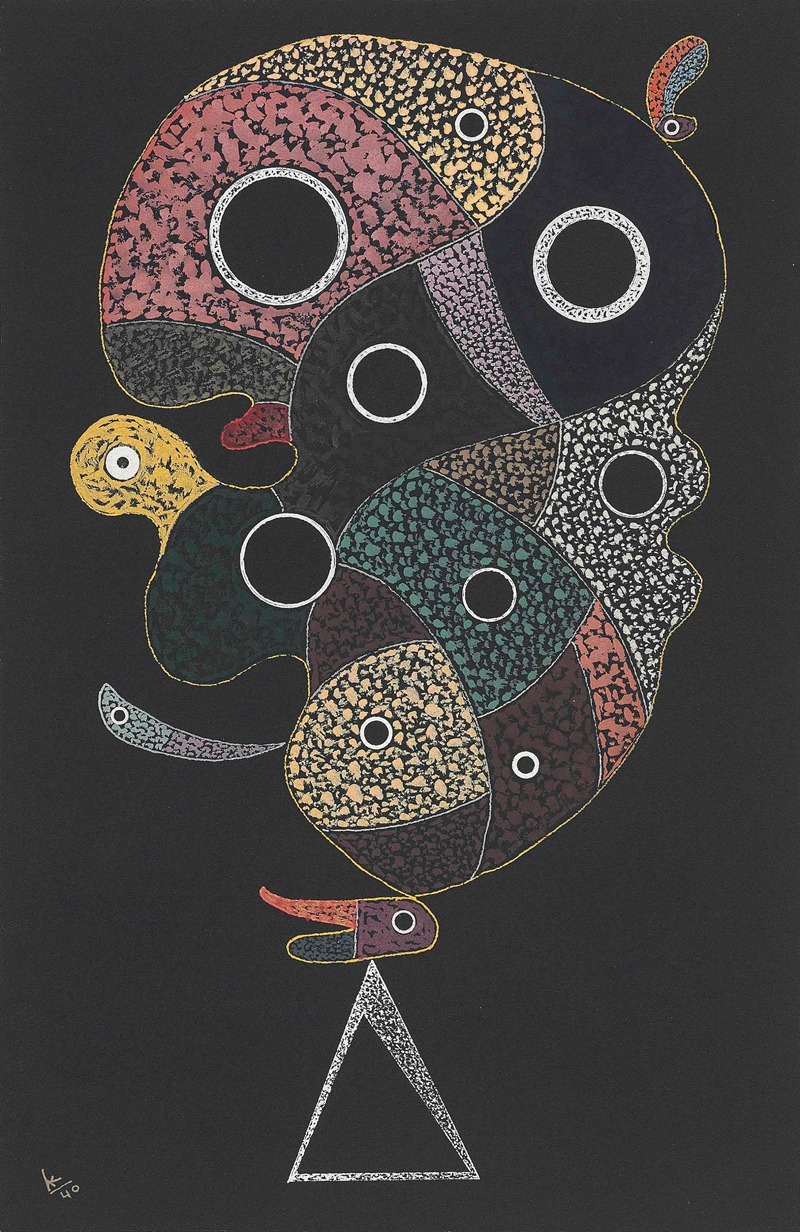
Sans titre
A hand-painted replica of Wassily Kandinsky’s masterpiece Sans titre, meticulously crafted by professional artists to capture the true essence of the original. Each piece is created with museum-quality canvas and rare mineral pigments, carefully painted by experienced artists with delicate brushstrokes and rich, layered colors to perfectly recreate the texture of the original artwork. Unlike machine-printed reproductions, this hand-painted version brings the painting to life, infused with the artist’s emotions and skill in every stroke. Whether for personal collection or home decoration, it instantly elevates the artistic atmosphere of any space.
Wassily Kandinsky, a pioneering figure in abstract art, created numerous works that have been celebrated for their innovative approach to color and form. One of his works, "Sans titre" (Untitled), exemplifies his exploration into abstraction and his departure from representational art. Kandinsky, born in Moscow in 1866, was a key figure in the development of modern art, and his works are often associated with the transition from traditional European art to abstract expressionism.
"Sans titre" is one of the many pieces that illustrate Kandinsky's journey into abstraction. Although specific details about this particular painting are limited, it is consistent with his broader body of work, which often features bold colors, dynamic compositions, and a departure from realistic representation. Kandinsky believed that art should evoke emotions and that colors and shapes could be used to express feelings and ideas without relying on recognizable subjects.
Throughout his career, Kandinsky was influenced by various movements and ideas, including Impressionism, Fauvism, and the spiritual theories of Theosophy. These influences are evident in his use of color and form, which often sought to convey a sense of spirituality and inner experience. Kandinsky's work was also shaped by his synesthetic experiences, where he perceived colors and sounds as interconnected, allowing him to create compositions that were harmonious and expressive.
Kandinsky's approach to art was also heavily influenced by his theoretical writings. In his seminal book "Concerning the Spiritual in Art," published in 1911, he articulated his belief that art should transcend the material world and express the artist's inner life. This philosophy is reflected in his abstract works, where he sought to create a visual language that could communicate emotions directly to the viewer.
"Sans titre" likely embodies these principles, using abstract forms and vibrant colors to engage the viewer on an emotional level. While the specific composition and elements of "Sans titre" are not detailed in available records, it can be inferred that the painting aligns with Kandinsky's broader artistic goals of exploring the spiritual and emotional potential of abstract art.
Kandinsky's influence on the art world is profound, as he is often credited with being one of the first artists to create purely abstract works. His contributions to art theory and practice have inspired countless artists and have established him as a central figure in the history of modern art. His works, including "Sans titre," continue to be studied and admired for their innovative approach and their ability to convey complex emotions through abstract means.
In summary, while specific information about "Sans titre" is limited, it is representative of Wassily Kandinsky's pioneering efforts in abstract art. Through his use of color, form, and theoretical insights, Kandinsky sought to create art that transcended traditional representation and communicated directly with the viewer's emotions. His legacy endures as a testament to the transformative power of abstract art.





